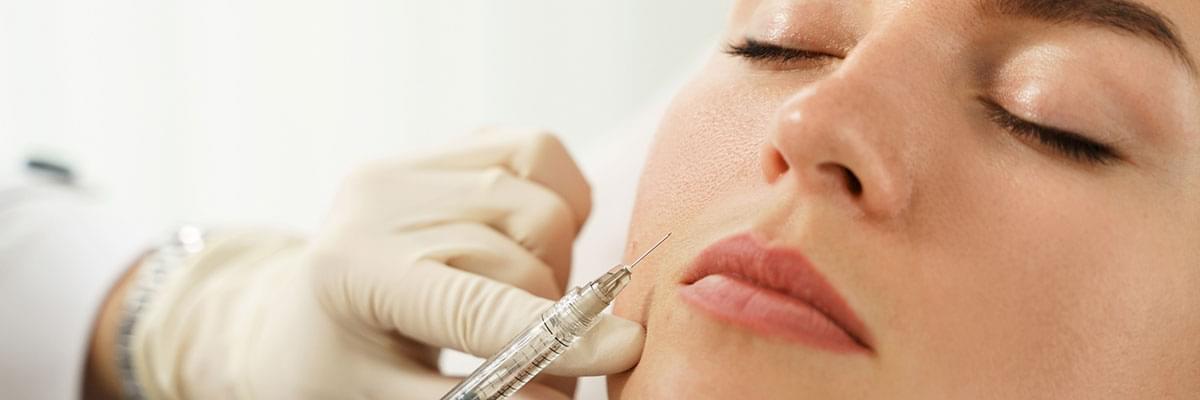
What can we do for you?
Dermal fillers have become one of the most popular non-surgical cosmetic treatments worldwide. They offer quick results with minimal downtime, making them a go-to choice for those who want to refresh their appearance, smooth out wrinkles, or add volume to specific areas of the face. But with so many different filler options available today, choosing the right one can feel overwhelming. The key is to understand what each type of filler does best and how it aligns with your personal aesthetic goals.Understanding what dermal fillers are
Dermal fillers are injectable substances used to restore lost volume, smooth fine lines, and enhance facial contours. Unlike Botox, which relaxes muscles to reduce wrinkles, fillers work by physically adding volume under the skin. Most modern fillers are made with hyaluronic acid, a naturally occurring substance in the skin that retains moisture and creates a plump, hydrated look. Other fillers are designed to stimulate collagen production for longer-term results.
Different types of dermal fillers
There are several categories of dermal fillers and each has unique benefits. Hyaluronic acid fillers are the most common, with brands like Juvederm and Restylane widely used for lips, cheeks, and under-eye rejuvenation. Calcium hydroxylapatite fillers such as Radiesse are thicker and ideal for deeper wrinkles or facial contouring. Poly-L-lactic acid fillers like Sculptra work gradually by stimulating collagen growth, offering subtle results over time. Polymethylmethacrylate (PMMA) fillers provide a semi-permanent option with microspheres that support the skin structure.
Matching fillers to your aesthetic goals
Your choice of filler should depend on the look you want to achieve. For fuller, natural-looking lips, a soft hyaluronic acid filler is usually recommended. To lift sagging cheeks or define the jawline, a denser filler may be more suitable. For fine lines around the mouth or under the eyes, lightweight fillers create smooth and subtle results. If your goal is long-term collagen stimulation for overall facial rejuvenation, a biostimulatory filler might be the right choice.
Longevity and maintenance considerations
Different fillers last for different lengths of time. Hyaluronic acid fillers typically last 6 to 18 months depending on the treatment area, while biostimulatory fillers such as Sculptra can last two years or more. Permanent fillers offer long-lasting effects but carry higher risks, making them less common. Your lifestyle, metabolism, and the treated area will also influence how long results last. Regular maintenance sessions can help preserve your look and prevent a dramatic fade-out.
Safety and professional guidance
Choosing the right dermal filler is not just about the product, but also about the professional who performs the treatment. A qualified aesthetic practitioner will assess your facial structure, discuss your goals, and recommend the most suitable filler type and technique. Safety should always come first, so it is important to choose a reputable clinic with experienced practitioners who use certified products.
Final thoughts on selecting the right dermal filler
Dermal fillers offer incredible versatility for those who want to refresh their appearance without surgery. The best filler for you depends on your goals, whether that is plumping your lips, defining your cheekbones, or softening wrinkles. By understanding the differences between filler types and working with a trusted professional, you can achieve a natural and beautiful result that enhances your unique features.
Back to Articles






















